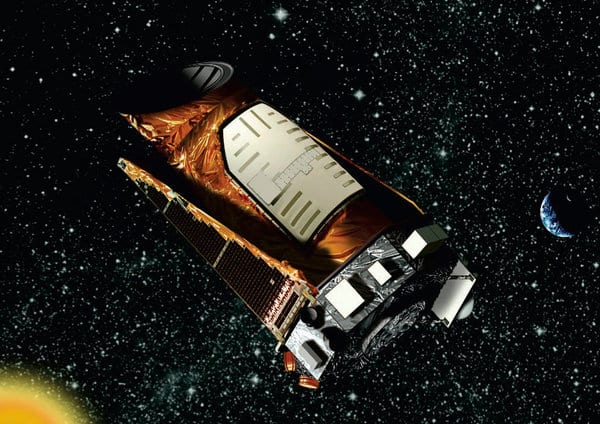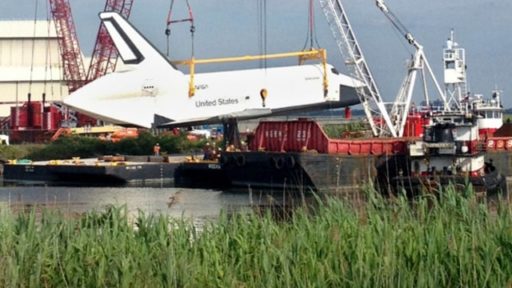International space agency NASA‘s space telescope Kepler has been hunting Earth-like planets in space since it reached there. Although NASA expected that Kepler would work fine until 2016, malfunction occurred. Since then NASA had been trying to solve the issues. But last Thursday the agency confirmed that it failed to “fully recover Kepler spacecraft” and now is planning “new missions” instead Kepler.
NASA Kepler was launched to the space with four reaction wheels on 7 March, 2009. Last year one of the wheels failed after showing signs of erratic friction. In January of this year, engineers on Earth noticed that wheel no. 2, which keeps Kepler pointed, was experiencing too much friction. So they shut down the spacecraft for a couple of weeks to give it a rest and hoped the wheel’s lubricant would spread out automatically and solve the problem. Fortunately, the wheel’s lubricant had spread out automatically and NASA engineers again turned the spacecraft back on. But the engineers found that the friction was still there.
On May 12, Kepler suddenly went into a pre-programmed safe mode that kicked in because the observatory had trouble knowing where it should point. In other words, Kepler put itself into safe mode when it noticed it was drifting out of position. When NASA woke it up on Tuesday, May 14, the telemetry indicated wheel No. 4 wasn’t moving, despite commands for it to spin. However, since then only two of Kepler’s wheels had been working properly. But Kepler needs minimum three of its wheels active to keep itself properly and precisely aimed. The lack of three working wheels robbed its ability to detect Earth-size planets.
John Grunsfeld, a former astronaut and Hubble repairman who is NASA’s associate administrator for space science, said that “unless the wheel can be restarted, Kepler will only be able to observe stars that drift into its field of view, severely compromising its ability to spot new planets.”
However, since then NASA engineers had been trying to solve the issues. But last Thursday in a conference call, NASA announced it tried a lot to solve the issues, but failed. And as without minimum three active wheels Kepler can’t keep itself pointing properly and precisely aimed, so the agency is planning to think of an alternate of Kepler – most probably the Transiting Exoplanet Survey Satellite (TESS), that will survey transiting exoplanets closer to Earth. NASA has has planned to launch TESS in 2017 or 2018.
[ttjad keyword=”security”]



